Creating high-quality product documentation with Solid Edge Technical Publications
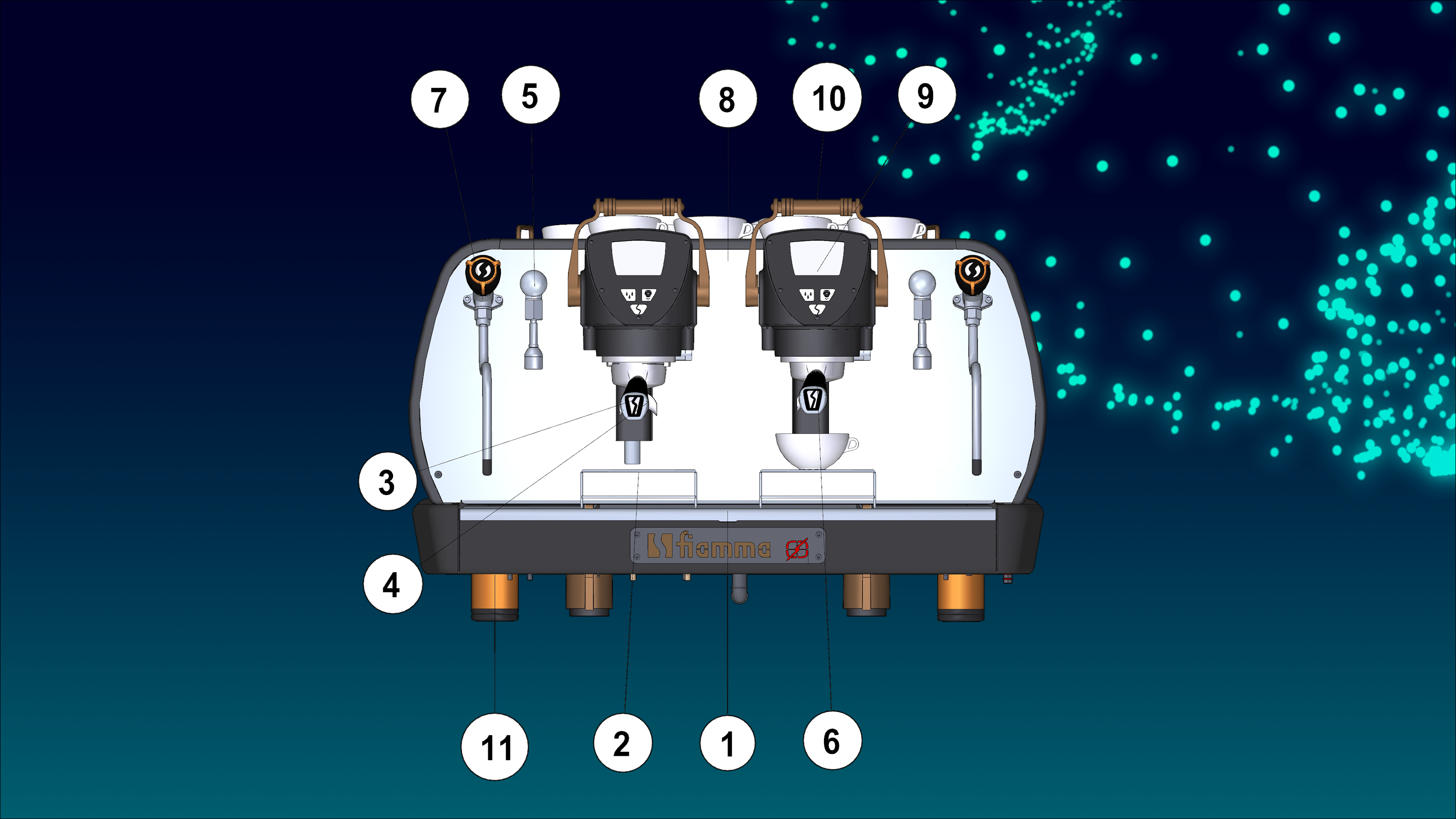
Have you ever assembled a piece of IKEA furniture? Did you build LEGO sets as a kid, (which is an absolutely respectable adult hobby as well)? If yes, you’re no stranger to technical publications. If you’ve followed a user manual of any kind in your life, you too have been exposed to the basics of technical publications.
If you’re an product designer or engineer, you’ve probably spent some time creating or reviewing product documentation. And if your job is like most in the industry, you probably aren’t able to dedicate as much time to it as you’d like to, especially if you’re managing multiple projects and juggling tight deadlines.
However, the best product designers, engineers and innovators know that documentation and other technical publications can’t be an afterthought — they’re an integral part of the product development process. Documentation is an important concern from concept through to when your final product is brought to market. The ability to communicate accurate manufacturing, installation and maintenance procedures for your designs is essential to the performance of the products themselves and the overall success of your business.
The challenge of creating effective documentation is that it needs to have extremely high quality, but also needs to be done quickly. Unfortunately, quality and speed are often competing goals and the impact of not meeting both can be detrimental to your reputation and bottom line.
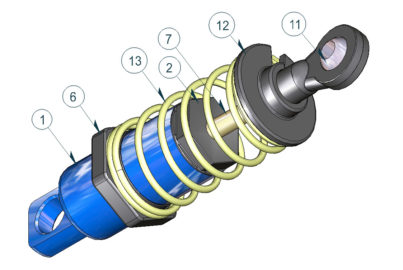
On-Demand Webinar
Getting started with technical publications
How do you create interactive, compelling technical documentation–directly from a CAD models? In this webinar, you’ll learn how to clearly communicate manufacturing, installation, assembly and maintenance procedures through technical publications.
The importance of speed: waiting on documentation to go to market
Creating documentation is often one of the last steps in the product development lifecycle, ensuring documents accurately reflect the final design of the product. But since the process of creating documentation can be so time-consuming, your ship date can be held up by documentation. Ready-to-ship products sitting on the shelf because they’re waiting on required documentation frustrates your sales team as well as your customers.
Getting to market quickly can mean the difference between a competitive edge and lost revenue. And meeting customer milestones for product delivery can mean the difference between a profit and contractual fees.
Accuracy: when small errors cause big problems
To speed time-to-market, the natural inclination is to start the process of creating technical documentation earlier so it will be ready when the product is ready. But changes made during late-stage design, or change requests made during manufacturing, can result in differences between the product and its manual. Inaccuracies are not only frustrating to end users – whether customers or service technicians – but they can cause incorrect installation, maintenance procedures, and use.
In turn, this can lead to inefficient operation of equipment, as well as more breakdowns and warranty claims.
Clarity: the cost of misunderstanding
Even when documentation is accurate, lack of clarity can cause downstream mistakes. Inability to interpret documentation, or clearly understand the processes, parts or use of a product, can impact its performance and business success. When product details are not shown sufficiently, clarity can suffer as views and angles are hard to see or labeling is confusing. Errors, omissions and confusion caused by technical publications can result in frustrated customers and negative word-of-mouth, which impacts your bottom line in the form of product returns and reduced sales volume. These are obviously serious pitfalls that successful designers and manufacturers should seek to avoid at every opportunity. Our latest technical publications eBook explores some of the most common challenges that designers and engineers face in technical publications, as well as a range of software-driven solutions for creating accurate, fast and clear documentation.
Common roadblocks to creating accurate, fast and clear technical publications
The two most common roadblocks in this discipline are time and expertise. Today’s manufacturers are recognizing that clear, accurate images of parts and products are the foundation of high-quality downstream documentation, which is necessary for marketing, manufacturing, maintenance, support and even for consumer use.
The good news is for most parts and assemblies, 3D digital models are created as part of the product development process in the form of computer-aided design (CAD) files. Unfortunately, converting these 3D CAD files into technical documentation can be a painstaking process that requires a great deal of time and know-how.
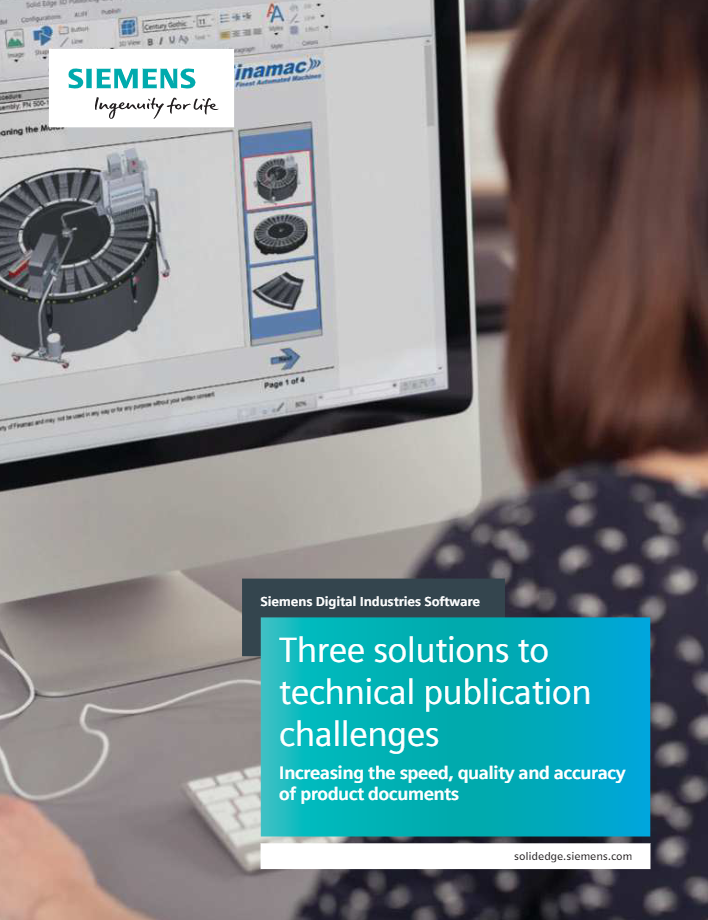
eBook
Three solutions to technical publications challenges
Get solutions to common product documentation challenges and explore how Solid Edge Technical Publications makes creating fast, accurate and clear documents easier than ever before.
The task of converting files and managing additional files for documentation purposes usually falls on the already far too busy designer who created the original CAD files. Converting files generally can only be done by someone who has expertise in CAD software. Or, instead of converting the file, the designer has to provide bitmap screen captures of CAD images with a specific orientation to be used as-is or recreated by illustrators. All these projects take designers away from their day-to-day work. As an alternative, some manufacturers are still taking photographs of their physical prototypes or final products to create graphical content. Of course, this means the prototype or product has to be manufactured first, which will have an impact on the overall project timeline.
Creating technical publications has never been easy, but today’s fast-paced design and manufacturing world adds another layer of difficulty to the process. But there is hope. Changes to the technical publication landscape promise to make the lag in technical documentation a thing of the past. Technical publications capabilities embedded in today’s CAD software applications enable illustrators to start their work early – in tandem with designers – and update documentation as the designs change.
Using Solid Edge to solve documentation challenges
The ability to clearly communicate the correct manufacturing, installation and maintenance procedures for your designs is essential to the performance of your products and the success of your business. Solid Edge Technical Publications can help you create clear, accurate technical documentation: from simple illustrations for end user manuals to interactive 3D technical documents.
To learn more about Solid Edge, visit our website or sign up for a free 30-day trial.
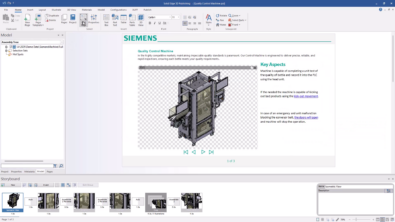

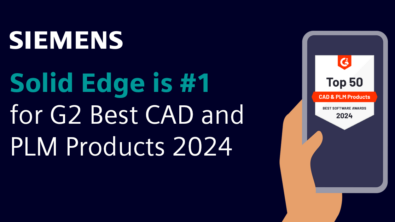
Comments